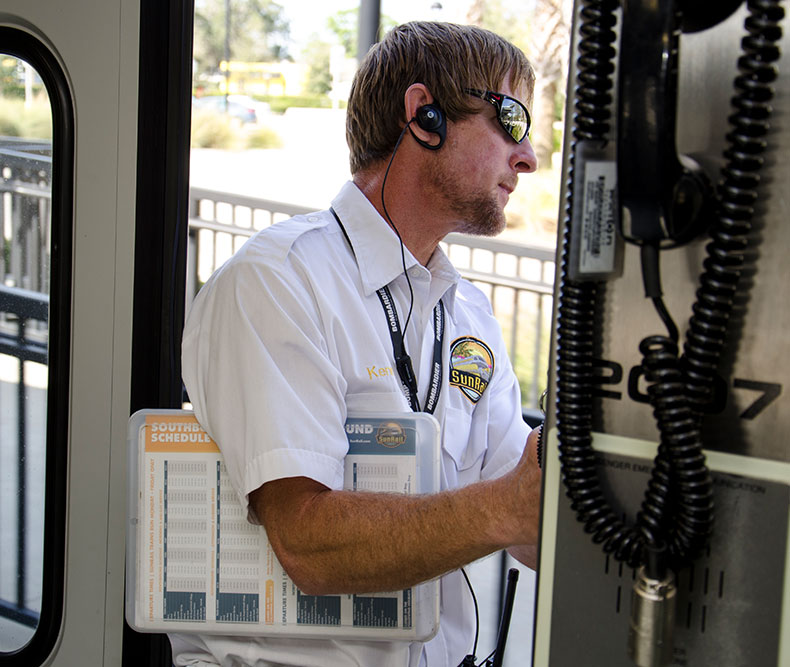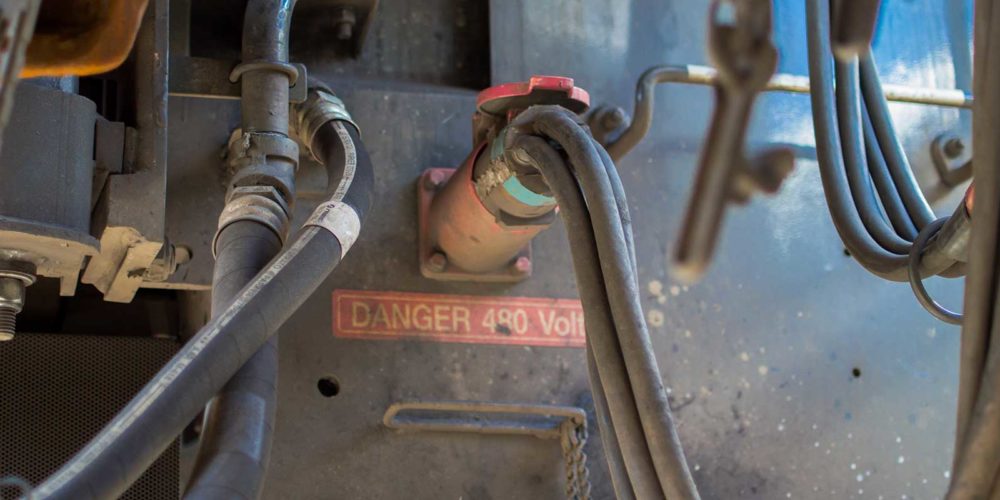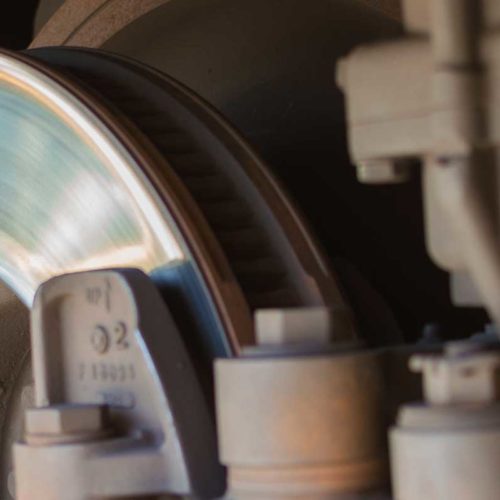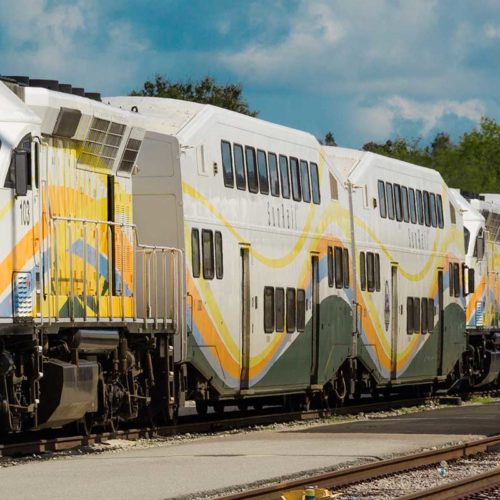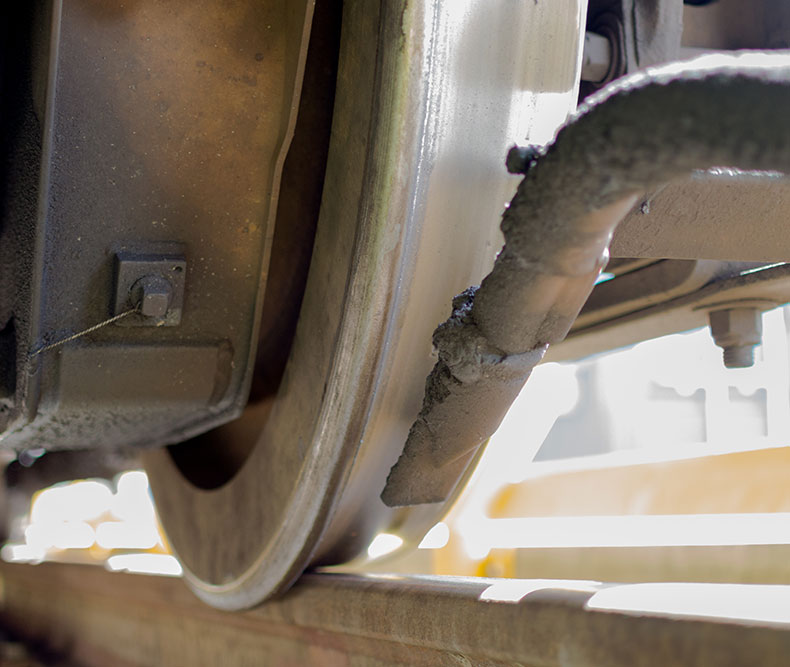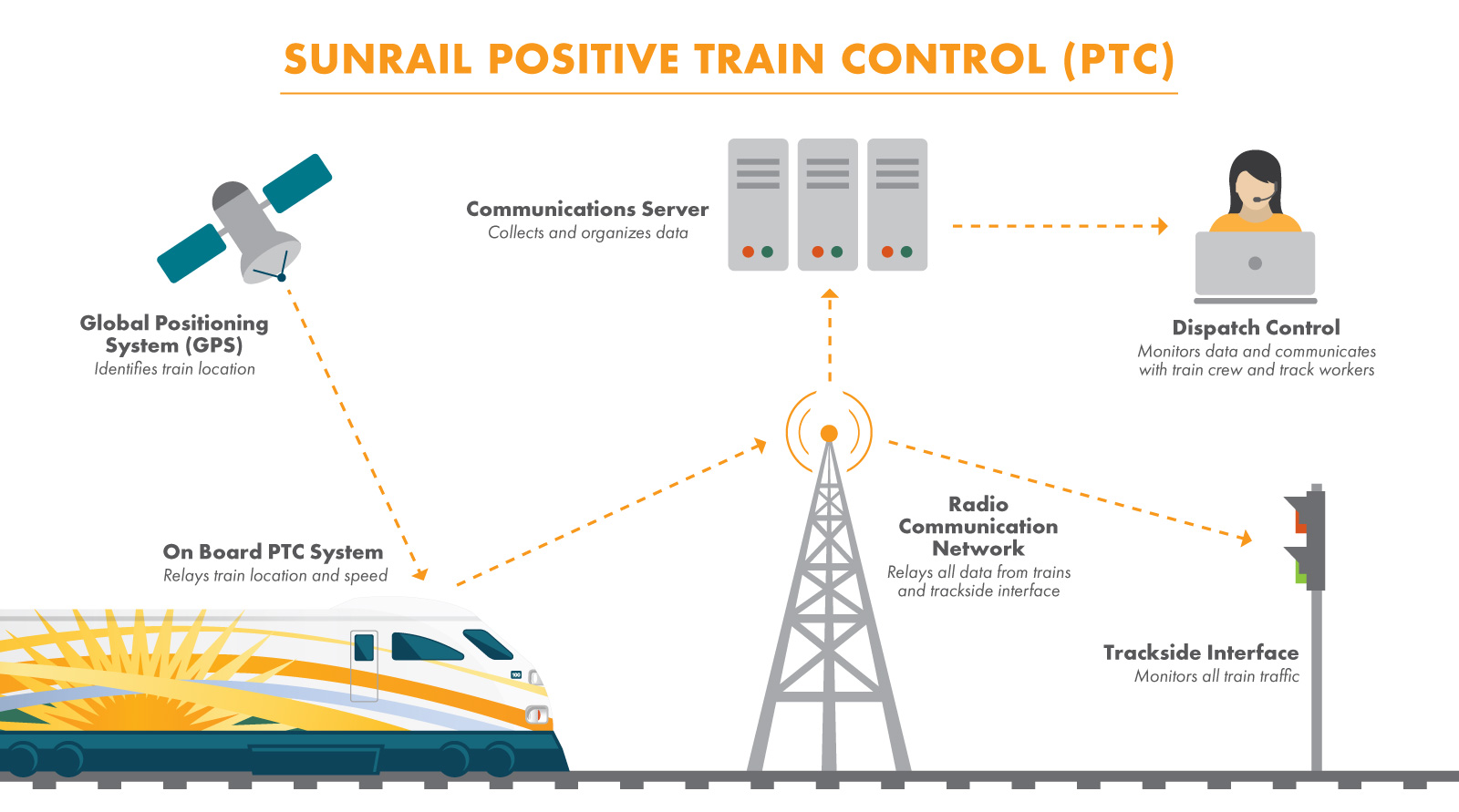How Diesel Locomotives Work
SunRail locomotives are an impressive hybrid of diesel engine and heavy-duty electric motors. This diesel engine delivers 3200 horsepower and the generator turns this into ____ amps of usable electric current. The electrical power is then sent to four traction motors to power the wheels with enough thrust to move the locomotive and attached cab cars. The rest of the train is powered by a separate engine and generator called a head-end power unit.
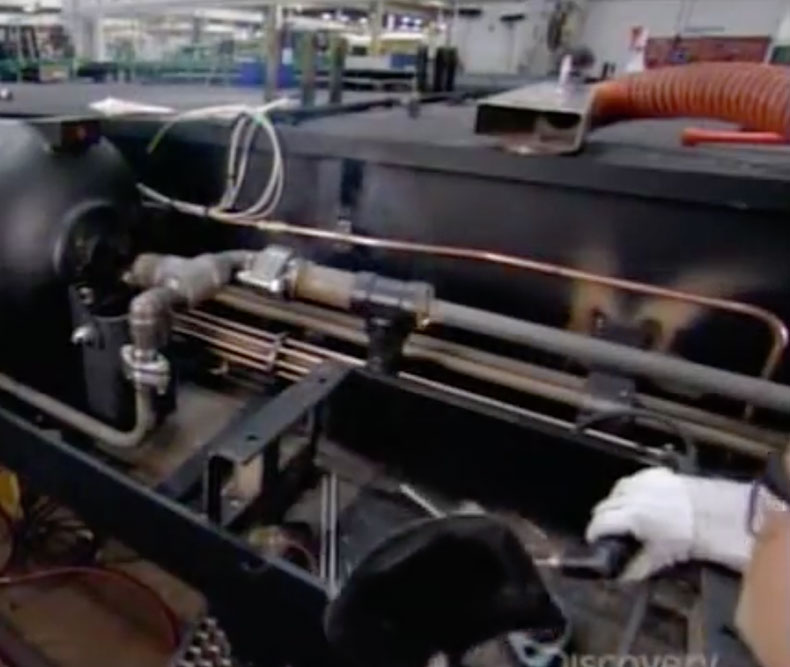
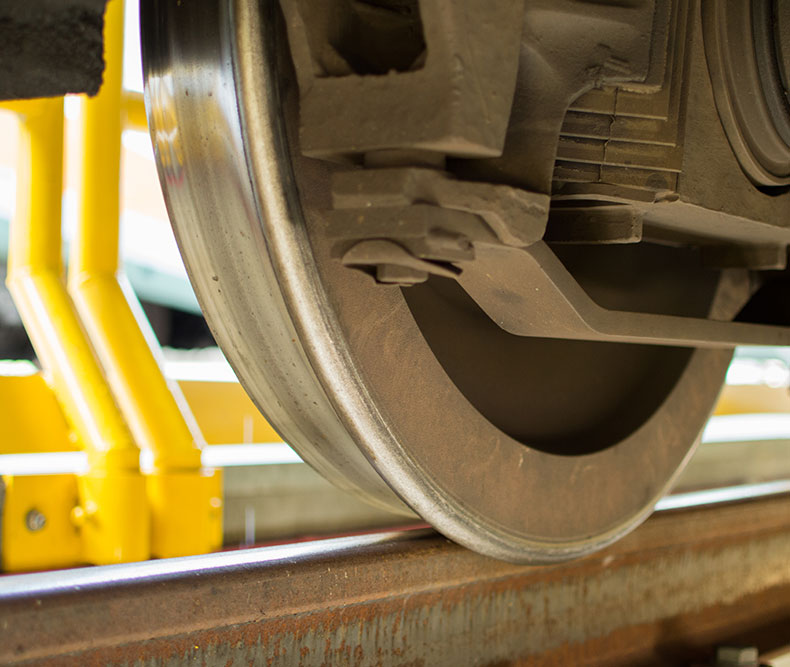
Why the Steel Wheels
Trains have steel wheels to help reduce rolling friction. Since the amount of energy wheels use is proportional to the weight they are supporting, the less the wheel comes in contact with the track, the less energy it will take to move the train. Believe it or not, the contact area between the train wheels and the track is about the size of a dime. A fueled SunRail locomotive with attached coach and cab cars weighs approximately 530,000lbs or 265 tons. That’s about 133 times heavier than the average car! Because trains are traveling so fast and weigh so much, they take longer to stop. In fact, a train traveling just 55mph can take more than 1 mile to come to a stop. That’s why it is so important to keep off of train tracks.
That Sounds Sand-Tastic!
Steel wheels are great for trains because they create the least amount of friction between the wheel and the track. Less friction means less fuel. Sounds great, right? But if we don’t have friction, how do we move?
In front of each wheel is a small nozzle that sprays sand between the wheel and the track, creating just the right amount of grab so the wheels can turn without slipping. The sand is automatically sprayed based on the speed and braking needs of the locomotive.
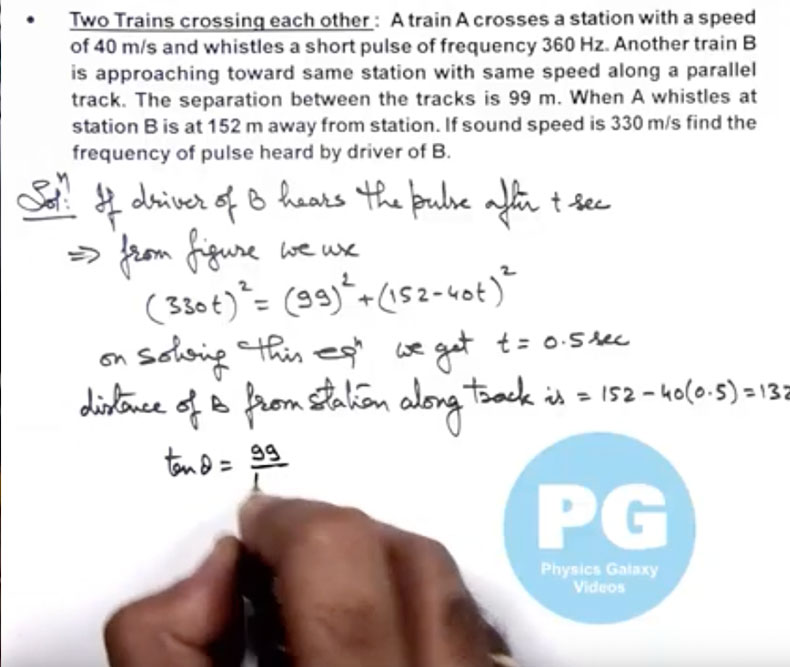
Doppler Effect
Have you ever noticed a train sounds quicker and louder as it gets closer to you then lower and slower after it passes? The sound of the train isn’t changing at all but you are experiencing what is known as the Doppler effect. Sound travels in waves and the frequency of those waves gets higher as the train gets closer and they get lower as they train passes and moves away. This phenomenon was discovered in 1842 by Austrian physicist Christian Doppler. This trick on the ears is just one more reason why you should stay off and away from tracks. You can never tell just how fast and how close they are relying on their sound.
Traveling North and South Without a U-Turn
You’ve probably seen the train traveling south and it looks like we are driving backwards! Actually, the Engineer controls the train from the locomotive when traveling north. Then when we need to return south, they simply exit the locomotive and access duplicate controls in a secured area at the end of the passenger car.
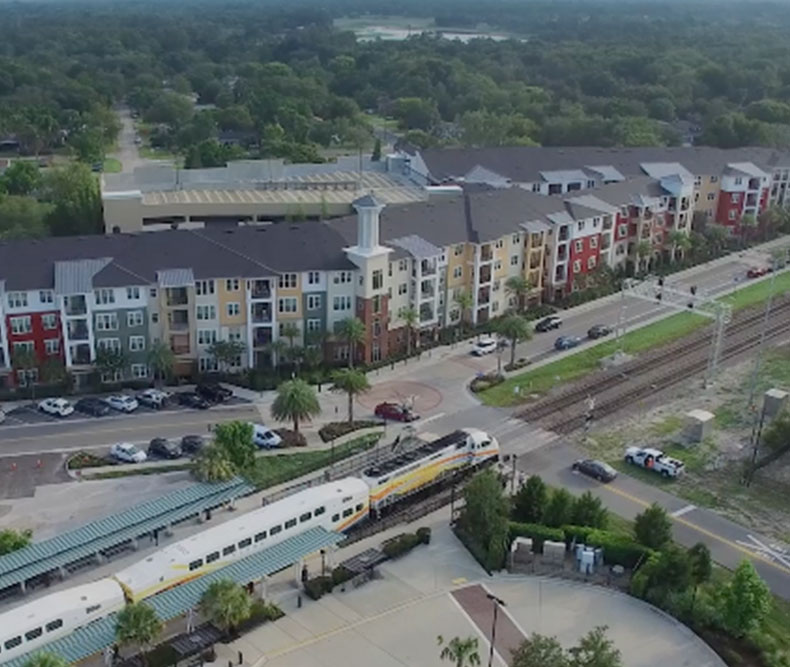
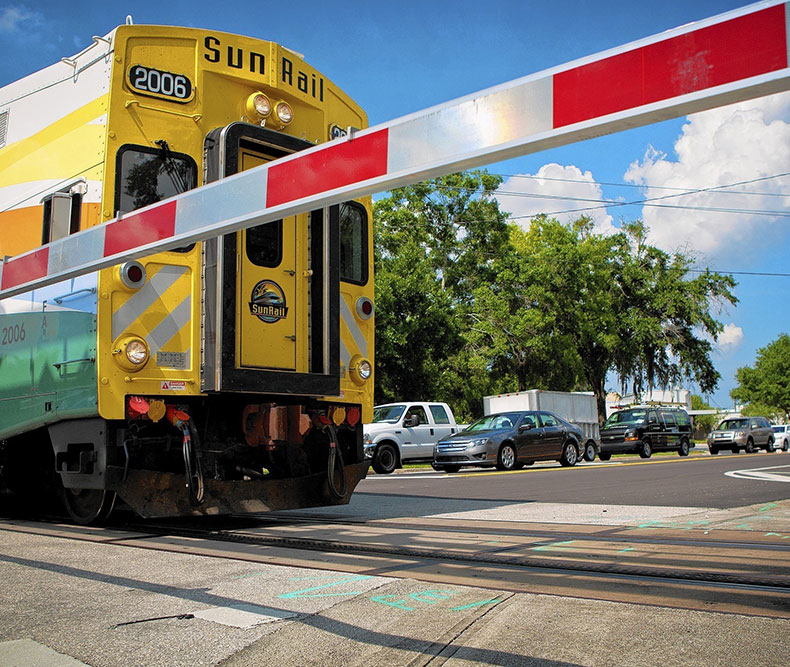
Grade Crossings
Grade crossings are where tracks cross over roadways. You will often see flashing red lights, a cross buck and a bell attached to a mast plus, red and white crossing arms (also called gates). As the train approaches the crossing and passes over a sensor, an electrical signal is sent to the signal box located near the grade crossing activating the lights, bell and gates. After the train crosses completely over the sensor, the signal times out which raises the gates and turns off the lights and bell.

